The importance of using non slip tiles cannot be overstated in the context of wet rooms and walk-in showers. It is common practice to use water-resistant materials in wet areas, such as ceramic tiles in bathrooms walls. Ceramic Tiled Floor Tiles are often used as the floor covering of choice in wet rooms and walk-in showers because of their water resistance and durability. Because virtually all wet room trays are made to accommodate at least a tiled floor finish, having a tiled floor finish also means you have the most options for selecting an under-the tray or a wet room tray. The wide variety of tile types, shapes, and dimensions provides the greatest potential for the design and aesthetics of the wet room. In addition, if a wet room is properly prepared, built, and tiled, as well as maintained, it should be able to withstand the pressures of everyday life for a whole lifespan. When selecting tiles as the material to be used for the flooring in the wet room, it is essential to keep the following considerations in mind:  The pattern of the Tile: Tiles made of porcelain, natural stone, or mosaic are the sorts of tiles that are most suited for use on the floor of a wet room. Because of the way ceramic tiles are made, we do not advocate using them on the floor of a wet room. On the other hand, ceramic tiles are an excellent choice for the walls of a wet room. Wet rooms are the ideal environment for tiling with porcelain, particularly large-sized porcelain tiles. If big format porcelain tiles are used, an “envelope” cut will need to be employed in order for the laying of the tiles to follow the fall of the wet room tray to the drain. This is because large format porcelain tiles are more difficult to cut accurately. Using a linear drain with a tile-able insert makes it possible to give the floor the appearance of being uninterrupted, which will contribute to the overall attractiveness of the area. Tiles made from natural stone offer all the benefits associated with porcelain tiles, but due to the characteristics of natural stone, these tiles may need to be sealed before being used to prevent them from absorbing any moisture.
The pattern of the Tile: Tiles made of porcelain, natural stone, or mosaic are the sorts of tiles that are most suited for use on the floor of a wet room. Because of the way ceramic tiles are made, we do not advocate using them on the floor of a wet room. On the other hand, ceramic tiles are an excellent choice for the walls of a wet room. Wet rooms are the ideal environment for tiling with porcelain, particularly large-sized porcelain tiles. If big format porcelain tiles are used, an “envelope” cut will need to be employed in order for the laying of the tiles to follow the fall of the wet room tray to the drain. This is because large format porcelain tiles are more difficult to cut accurately. Using a linear drain with a tile-able insert makes it possible to give the floor the appearance of being uninterrupted, which will contribute to the overall attractiveness of the area. Tiles made from natural stone offer all the benefits associated with porcelain tiles, but due to the characteristics of natural stone, these tiles may need to be sealed before being used to prevent them from absorbing any moisture.  The mosaic tiles are well suited for following the curves of the wet room tray all the way to the drain. This allows the complete fall to be maintained, which results in maximum drainage. Because mosaic tiles have a greater number of grout lines around them, they often have a higher resistance to slipping. Due to the aforementioned, some people may choose mosaic tiles only for the area of the surface that will be used in the shower while tiling the other area with a larger tile. Because mosaic tiles are almost always delivered on a net backing, installing them is a simple and fast process. In the event that the mosaic tiles are made of natural stone, they may need sealing before selection. Please refer to the paragraph at the conclusion of the article for the slip rating. The Thickness of the Tile: It is crucial to note that the tile thickness that is recommended will change based on the kind of wet room tray that is being used. This will be determined by the height of the drain in relation to the surface of the tray as well as the depth of the drain insert (if tile-able) itself. Under no circumstances may the Tile have a depth that is less than 6 millimeters. If the thickness of the Tile is less than 6 millimeters, it is more likely to break. The tiles with a thickness of 10 millimeters are the superior option because they provide space for an adequate bed of glue and are robust enough to withstand normal foot activity in the wet room.
The mosaic tiles are well suited for following the curves of the wet room tray all the way to the drain. This allows the complete fall to be maintained, which results in maximum drainage. Because mosaic tiles have a greater number of grout lines around them, they often have a higher resistance to slipping. Due to the aforementioned, some people may choose mosaic tiles only for the area of the surface that will be used in the shower while tiling the other area with a larger tile. Because mosaic tiles are almost always delivered on a net backing, installing them is a simple and fast process. In the event that the mosaic tiles are made of natural stone, they may need sealing before selection. Please refer to the paragraph at the conclusion of the article for the slip rating. The Thickness of the Tile: It is crucial to note that the tile thickness that is recommended will change based on the kind of wet room tray that is being used. This will be determined by the height of the drain in relation to the surface of the tray as well as the depth of the drain insert (if tile-able) itself. Under no circumstances may the Tile have a depth that is less than 6 millimeters. If the thickness of the Tile is less than 6 millimeters, it is more likely to break. The tiles with a thickness of 10 millimeters are the superior option because they provide space for an adequate bed of glue and are robust enough to withstand normal foot activity in the wet room.  Underfloor Heating: Tiles are an excellent choice for use with underfloor heating (UFH), and when combined with UFH, they may provide a surface that is quite comfortable to walk on barefoot. It is important that you do not forget to confirm that the foundation you have selected may likewise be used with the underfloor heating system. Because certain wet room trays have insulating capabilities, it is best to position the underfloor heating so that it is put between the wet room tray and the tiles. If the UFH is placed under the tray, you may find that there is a chilly area in the room. Take into consideration that the thicker the Tile, the longer it will take to heat up to the desired temperature once it has been set. Additional Factors to Consider: When installing tiles directly onto hardwood flooring, it is essential first to cover the floorboards with appropriate material and then proceed with the installation of the tiles. Insulated tile backer board is the material that should be used for over-boarding. Because it helps to retain heat in the space and prevents it from escaping via the gap between the floor and ceiling, an insulated tile backer board is an excellent choice for usage in conjunction with underfloor heating.
Underfloor Heating: Tiles are an excellent choice for use with underfloor heating (UFH), and when combined with UFH, they may provide a surface that is quite comfortable to walk on barefoot. It is important that you do not forget to confirm that the foundation you have selected may likewise be used with the underfloor heating system. Because certain wet room trays have insulating capabilities, it is best to position the underfloor heating so that it is put between the wet room tray and the tiles. If the UFH is placed under the tray, you may find that there is a chilly area in the room. Take into consideration that the thicker the Tile, the longer it will take to heat up to the desired temperature once it has been set. Additional Factors to Consider: When installing tiles directly onto hardwood flooring, it is essential first to cover the floorboards with appropriate material and then proceed with the installation of the tiles. Insulated tile backer board is the material that should be used for over-boarding. Because it helps to retain heat in the space and prevents it from escaping via the gap between the floor and ceiling, an insulated tile backer board is an excellent choice for usage in conjunction with underfloor heating.  Vinyl Flooring When there is a greater potential for slipping, a vinyl floor finish that is anti-slip and is sometimes referred to as Altro is typically utilized in environments such as wet rooms or walk-in showers, this is because the anti-slip vinyl covering provides greater slip resistance than the majority of tile types. However, a vinyl floor does not have to be the exclusive domain of a “care wetroom.” Given the variety of styles and designs offered by the industry’s top manufacturers, a vinyl flooring wet room is not out of place in the average family house. If it is properly installed and the seams are sealed, a vinyl floor covering may serve as a waterproofing barrier for the floor. This is one of the primary benefits of using a vinyl floor covering. Similar to the completion of a tiled floor, there are crucial considerations to make about the following: Options Available for Trays: Because a vinyl floor serves as the waterproof barrier for a wet room, it is crucial that the area where the floor meets the drain be in perfect working order. This is accomplished by securing the vinyl covering in place around the drain opening using clamps. Because of this, a specialized drain that is compatible with vinyl is necessary. In most cases, you won’t be able to purchase these drains separately from the more specialized wet room trays that have been created expressly for this use. Because of this, there is less variety available in the various ranges of vinyl-compatible trays that may be purchased.
Vinyl Flooring When there is a greater potential for slipping, a vinyl floor finish that is anti-slip and is sometimes referred to as Altro is typically utilized in environments such as wet rooms or walk-in showers, this is because the anti-slip vinyl covering provides greater slip resistance than the majority of tile types. However, a vinyl floor does not have to be the exclusive domain of a “care wetroom.” Given the variety of styles and designs offered by the industry’s top manufacturers, a vinyl flooring wet room is not out of place in the average family house. If it is properly installed and the seams are sealed, a vinyl floor covering may serve as a waterproofing barrier for the floor. This is one of the primary benefits of using a vinyl floor covering. Similar to the completion of a tiled floor, there are crucial considerations to make about the following: Options Available for Trays: Because a vinyl floor serves as the waterproof barrier for a wet room, it is crucial that the area where the floor meets the drain be in perfect working order. This is accomplished by securing the vinyl covering in place around the drain opening using clamps. Because of this, a specialized drain that is compatible with vinyl is necessary. In most cases, you won’t be able to purchase these drains separately from the more specialized wet room trays that have been created expressly for this use. Because of this, there is less variety available in the various ranges of vinyl-compatible trays that may be purchased.  Please refer to the paragraph at the conclusion of the article for the slip rating. Underfloor Heating: Underfloor heating should not be a problem for vinyl flooring, just as it should not be a problem for a tiled floor finish; in fact, it will improve the flooring by providing warmth underfoot. However, since solvent-based adhesives are used to bond the vinyl to the floor, and solvent welds are utilized for the joints, it is imperative to make contact with the flooring manufacturer, flooring supplier, or flooring fitter about the maximum temperatures and wattages that may be used. This need to be taken care of before the installation of the vinyl flooring and the underfloor heating. Microcement Floor Finish The use of micro cement as a floor finish is a product that is very recent. The composite material known as micro cement is made of cement. The ornamental finishing layer that it produces is produced using resins that are soluble in water, color pigments, and additives. Because it does not need joints, micro cement may be used to produce a floor that is smooth and seamless. Additionally, it can be used on walls to give a complete appearance. You may choose from a large range of different coatings and colors.
Please refer to the paragraph at the conclusion of the article for the slip rating. Underfloor Heating: Underfloor heating should not be a problem for vinyl flooring, just as it should not be a problem for a tiled floor finish; in fact, it will improve the flooring by providing warmth underfoot. However, since solvent-based adhesives are used to bond the vinyl to the floor, and solvent welds are utilized for the joints, it is imperative to make contact with the flooring manufacturer, flooring supplier, or flooring fitter about the maximum temperatures and wattages that may be used. This need to be taken care of before the installation of the vinyl flooring and the underfloor heating. Microcement Floor Finish The use of micro cement as a floor finish is a product that is very recent. The composite material known as micro cement is made of cement. The ornamental finishing layer that it produces is produced using resins that are soluble in water, color pigments, and additives. Because it does not need joints, micro cement may be used to produce a floor that is smooth and seamless. Additionally, it can be used on walls to give a complete appearance. You may choose from a large range of different coatings and colors.  Microcement may be purchased from a variety of different vendors. However, since the finish is so important, it is possible that it is work that is best left to professionals. Because of its self-leveling qualities, microcement is often put in a layer that is about 2 to 3 millimeters (mm) thick. Because it will diminish or infill the essential fall to the drain, it is not appropriate for use with the majority of wet room trays or bases. This means that the shower water will not drain away as efficiently as it should. The product that is most suited for use with Microcement is a floor former that is designed for use with screeds. One example of this kind of floor former is the Impey Aqua Grade floor former. This may have a portion of the space filled with a typical screed, and then the remaining space could have Microcement applied on top to complete the floor layer. An alternative would be to use a linear drain channel, with the installer generating a fall to the drain using the microcement.
Microcement may be purchased from a variety of different vendors. However, since the finish is so important, it is possible that it is work that is best left to professionals. Because of its self-leveling qualities, microcement is often put in a layer that is about 2 to 3 millimeters (mm) thick. Because it will diminish or infill the essential fall to the drain, it is not appropriate for use with the majority of wet room trays or bases. This means that the shower water will not drain away as efficiently as it should. The product that is most suited for use with Microcement is a floor former that is designed for use with screeds. One example of this kind of floor former is the Impey Aqua Grade floor former. This may have a portion of the space filled with a typical screed, and then the remaining space could have Microcement applied on top to complete the floor layer. An alternative would be to use a linear drain channel, with the installer generating a fall to the drain using the microcement.  Utilizing a wet room tray, which is then tiled to follow the fall, and then simply finishing the remaining floor area in a level Microcement coating is another alternative to forming the shower area out of microcement with the required fall to drain. This is done in place of the option of forming the shower area out of microcement with the required fall. Please refer to the paragraph at the conclusion of the article for the slip rating. Additional Factors to Consider: We highly recommend that you seek the assistance of a professional when producing a wet room floor using Microcement materials. This is due to the fact that the fall to the drain is an essential component of all floor finishes used in wet rooms. Underfloor Heating: You may use underfloor heating with microcement. Products like Warmup Sticky Mat and Warmup DCM-Pro are an excellent options since the stat will assist in managing the temperature to a level that is appropriate for usage with the microcement.
Utilizing a wet room tray, which is then tiled to follow the fall, and then simply finishing the remaining floor area in a level Microcement coating is another alternative to forming the shower area out of microcement with the required fall to drain. This is done in place of the option of forming the shower area out of microcement with the required fall. Please refer to the paragraph at the conclusion of the article for the slip rating. Additional Factors to Consider: We highly recommend that you seek the assistance of a professional when producing a wet room floor using Microcement materials. This is due to the fact that the fall to the drain is an essential component of all floor finishes used in wet rooms. Underfloor Heating: You may use underfloor heating with microcement. Products like Warmup Sticky Mat and Warmup DCM-Pro are an excellent options since the stat will assist in managing the temperature to a level that is appropriate for usage with the microcement.
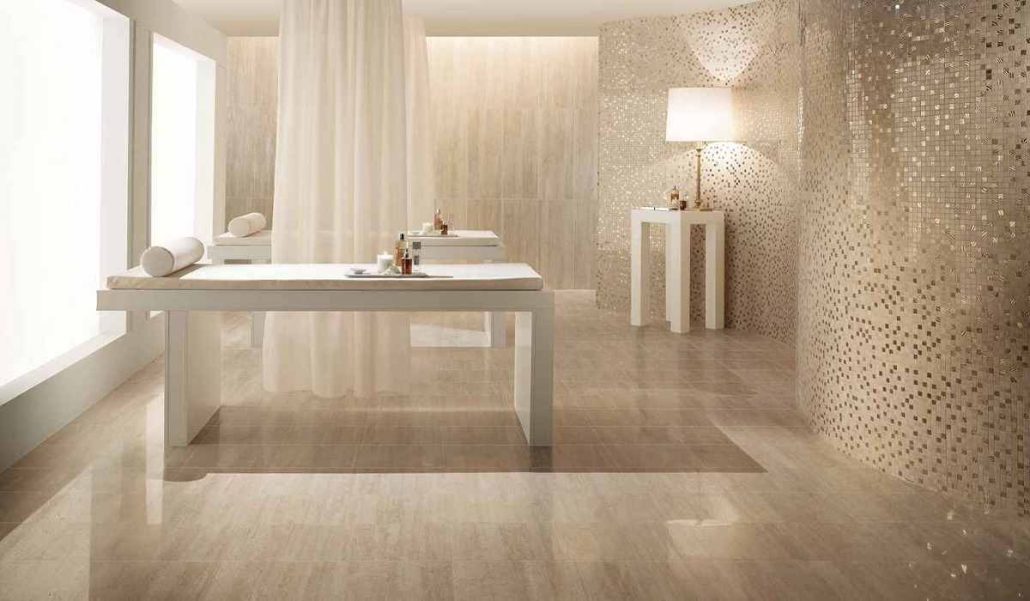
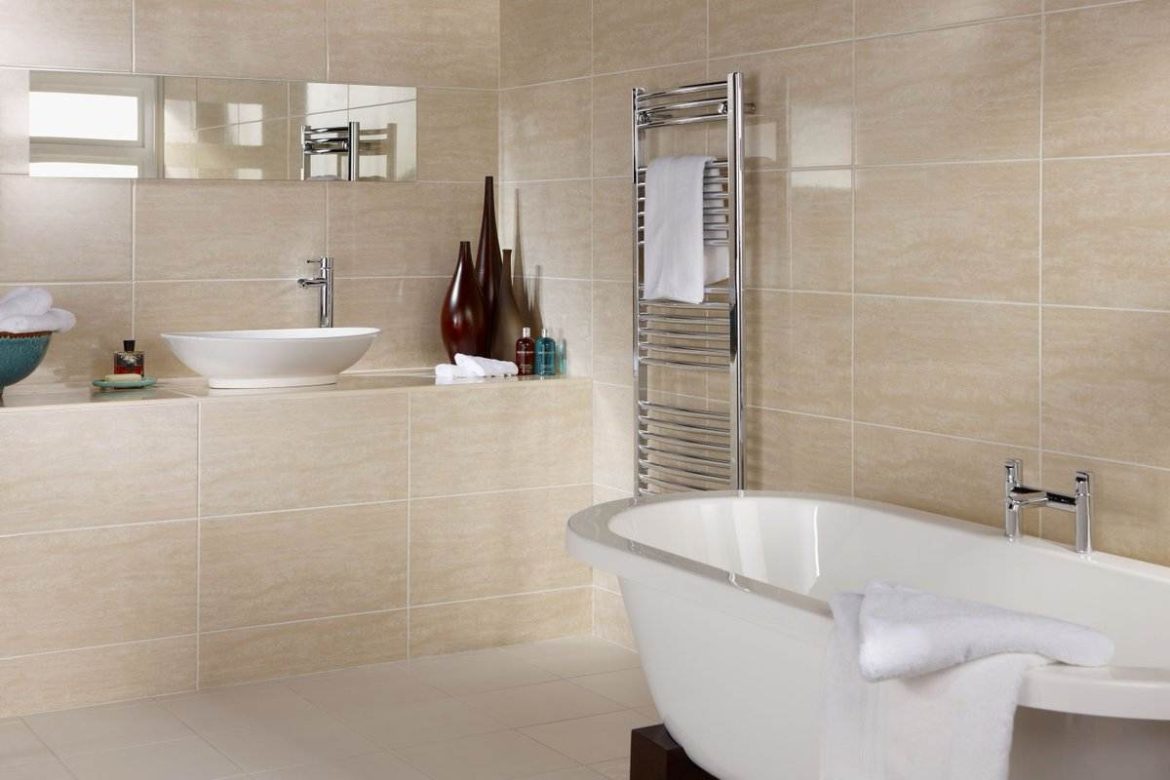

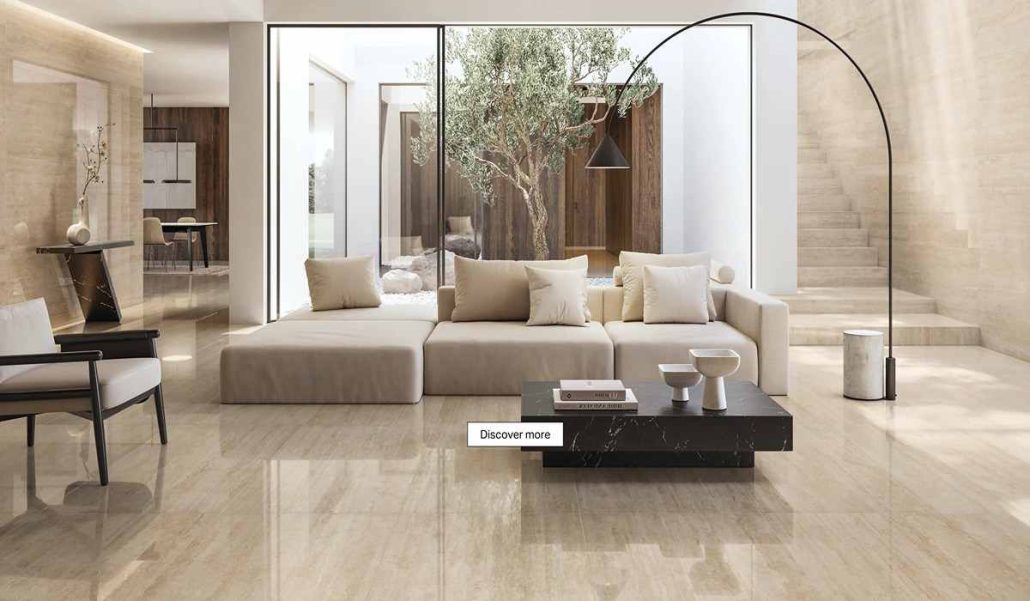

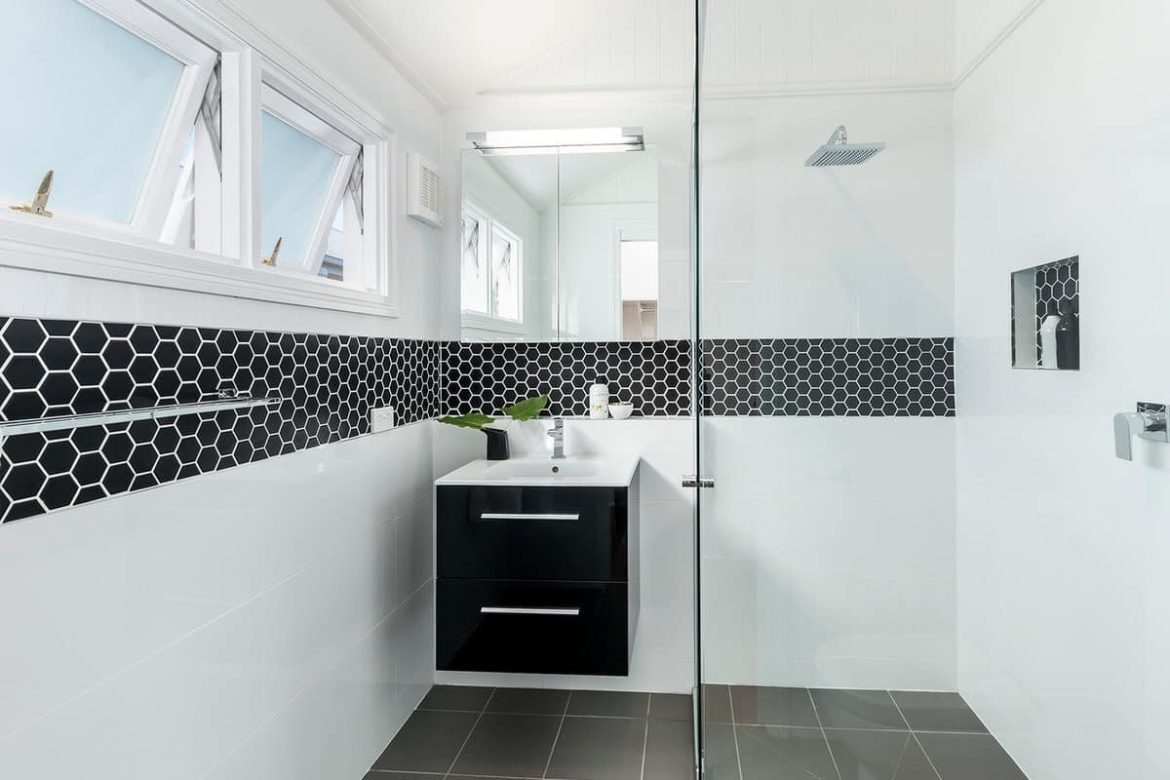
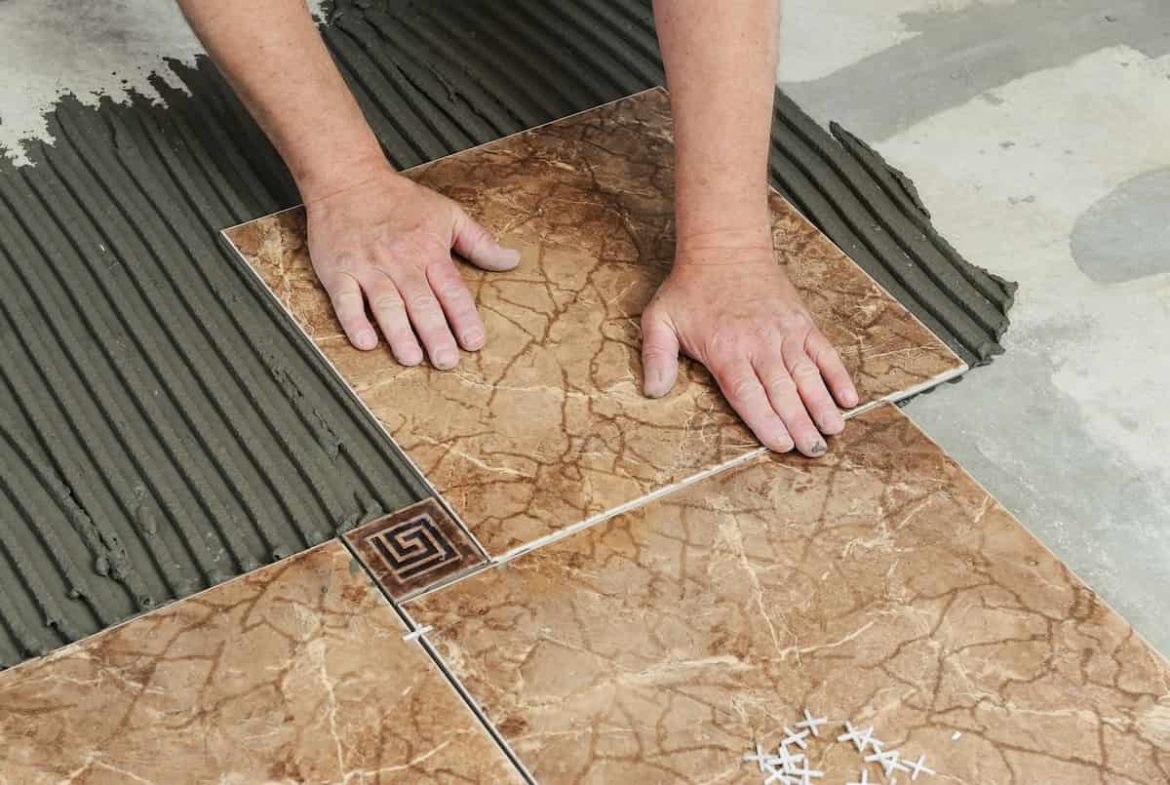



Your comment submitted.